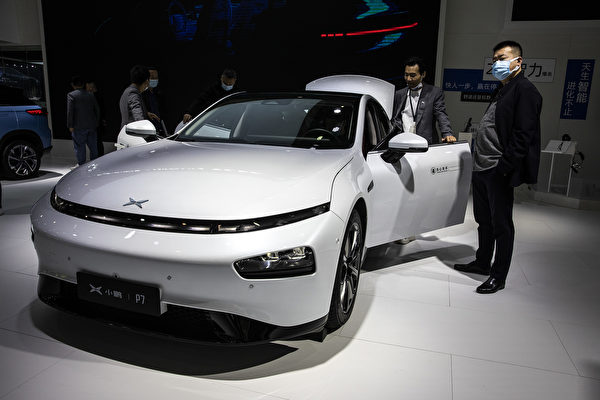In the first half of 2025, China’s new energy vehicle industry continues to face profitability challenges. The latest financial reports of NIO show a net loss of 1.14 billion yuan in the first half of the year, with a cumulative loss exceeding 42.7 billion yuan since its establishment. Xiaomi’s electric vehicle business also reported an operating loss of 300 million yuan in the second quarter, with accumulated investment surpassing 30 billion yuan since announcing entry into the automotive sector in 2021. These figures reflect the significant financial pressure electric vehicle companies are enduring in the market competition.
On August 19th, NIO released its performance report for the first half of 2025. The financial data reveals that the company achieved an operating income of 34.09 billion yuan in the first half of the year, a substantial increase of 132.5% year-on-year. However, the net loss remained high at 1.14 billion yuan. From its establishment to June 30, 2025, NIO’s cumulative losses have soared to 42.74 billion yuan.
In terms of delivery performance, NIO delivered a total of 197,000 new vehicles in the first half of 2025, a staggering increase of 279% year-on-year. In the second quarter alone, the quarterly delivery volume reached 103,200 vehicles, a 241.6% increase from the previous year. Automotive sales revenue in the first half of the year reached 31.25 billion yuan, with a staggering growth rate of 152.8%. Despite rapid revenue expansion, escalating research and development, marketing, and sales expenses have made it challenging for the company to achieve profitability breakthroughs.
Regarding research and development investments, NIO continues to enhance technological innovation. R&D expenditures in the first half of 2025 reached 4.19 billion yuan, a 48.6% year-on-year increase, primarily focused on new vehicle development and advanced technology platform construction. During the same period, sales and administrative expenses continued to rise, reaching 2.17 billion yuan in the second quarter alone, a 37.7% year-on-year increase.
On the reserve fund front, as of the end of June 2025, NIO’s total cash, cash equivalents, and short-term investments amounted to 47.57 billion yuan, slightly higher than the previous year-end, providing financial security for the company’s short-term operations and research activities. However, with accumulated losses exceeding 40 billion yuan, the path to sustainable profitability for the company remains uncertain.
The second-quarter financial report of Xiaomi Group revealed a 300 million yuan operating loss in its innovative business segment, which includes smart electric vehicles. Although the loss narrowed compared to the first quarter, Xiaomi’s auto venture has already poured over 30 billion yuan in investments since officially entering the field in 2021, resulting in substantial cumulative losses over the past three years.
According to financial data, Xiaomi’s automotive revenue in the first quarter of 2025 reached 18.1 billion yuan, mainly driven by the sales contribution of the Xiaomi SU7 model, with a quarterly delivery volume of 76,000 vehicles. However, based on the loss amount, there still exists a loss of thousands of yuan per vehicle. In the entire year of 2024, Xiaomi’s auto division recorded a net loss of as high as 6.2 billion yuan, indicating significant financial pressure faced during the market expansion phase.
Public records show that Xiaomi adopts a “volume in exchange for price” strategy in product pricing, establishing a certain market position in the short term. However, with ongoing cost investments, research and development expenses, and channel construction outlays, the profit prospects still bear high uncertainty. Media reports suggest that Xiaomi has internally outlined a plan expecting sustained losses for at least five years to support its long-term strategic layout in the new energy vehicle industry.
The latest financial reports of NIO and Xiaomi reflect the financial challenges faced by new forces in the automotive industry. Despite impressive performance in sales growth and revenue expansion by both companies, the heavy investments in research and development, channel construction costs, and operational expenses, combined with intense price competition environment, pose significant challenges in achieving short-term profitability goals.

